Savvy Spotlight: Joanne Wilkinson Of Vintage Kimonos
One Woman's Mission To Revive The Ailing Kimono Industry
With grit and business acumen gleaned from executive roles in the corporate world, Joanne Wilkinson is using her love of kimono to support a community devastated by the Great East Japan Earthquake and Tsunami.
After climbing the ladder to become the COO of Dell Japan in 2012, she gave up the hectic corporate lifestyle to establish Vintage Kimonos, a self-sustaining business designed to create employment in Tohoku while injecting life into Japan’s ailing kimono industry. From Western-style dresses, scarfs, bags and accessories, Joanne’s team transforms Japanese kimono fabrics into something modern, chic and easily wearable with the aim to preserve the kimono industry, which she has loved for the most of her life.
Savvy Tokyo met the businesswoman to find out how her entrepreneurial adventure started, what drives her in developing Vintage Kimonos and what we can expect from the brand in the future.
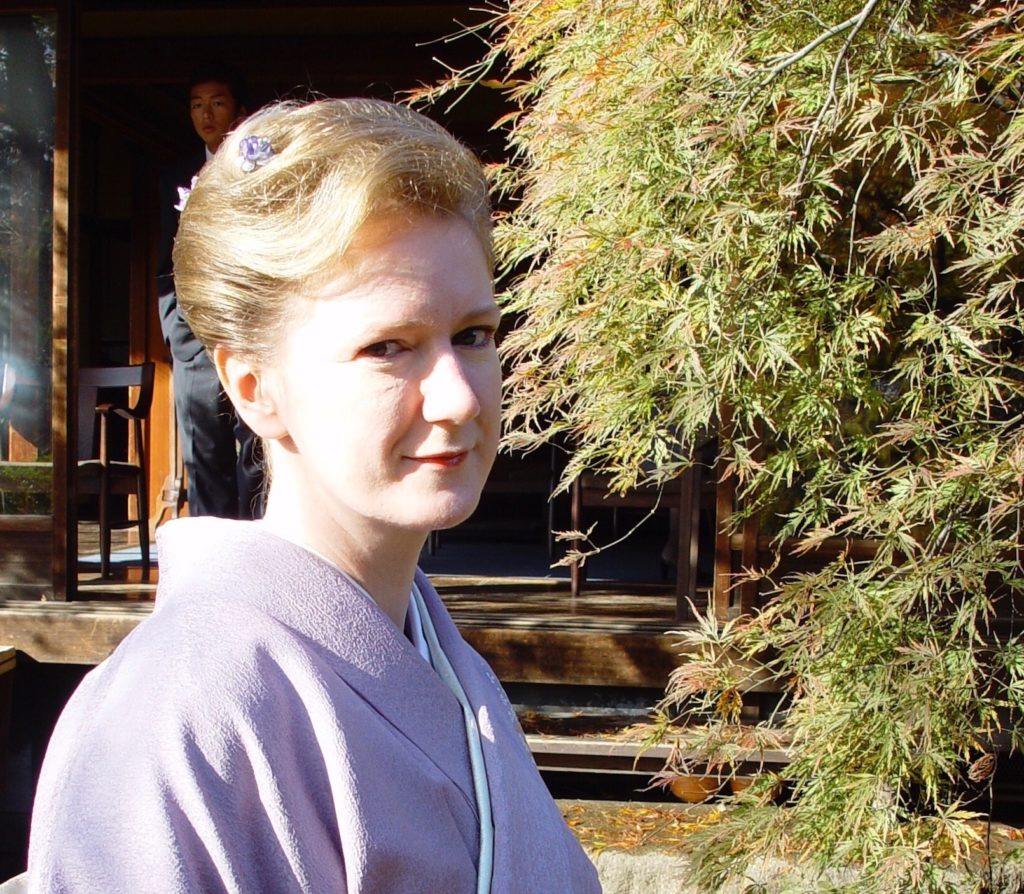
What drew you to kimono?
Nowhere else in the world puts as much effort into perfecting one thing as people do here. I think that’s the best thing about Japan. Whether it’s tea ceremony or martial arts, there is this attitude here that you should do something perfectly. I’ve been making my own clothes since I was a teenager and so I’ve always had an interest in the field. There’s no fabric like kimono fabric anywhere else in the world. I’ve always liked kimono and started collecting them when I first came in Japan. I used to make them into my own things.
Why did you start Vintage Kimonos?
After quitting Dell I took a couple of months off. I had some ideas of what to do next but I wasn’t really sure. I went up to Tohoku one day with one of the ladies I work with and visited some tailors. It started from there. The business was a combination of my hobby and my desire to do something in Tohoku after the disaster. I started the business with a purely philanthropical intention. I would have liked to have set it up as a charity but there are a lot of constraints on a charity in Japan. I then started my second business — Top of the Class School Uniform, a uniform business — because I realized that in order to get a business owner visa I had to have an income.
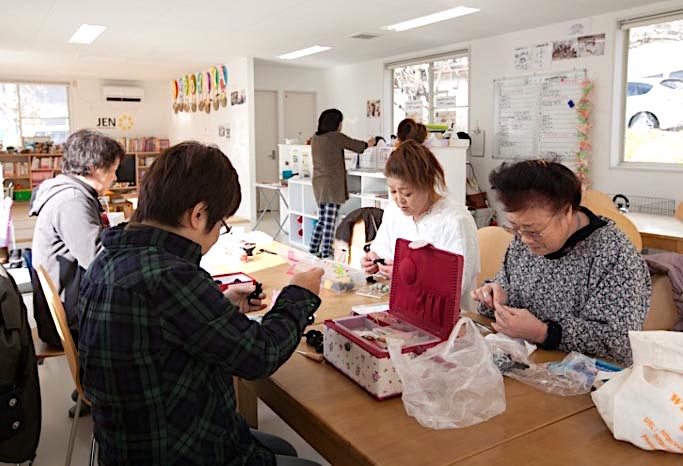
Women from the Tohoku area work on making bags and other clothing and accessory items from kimono fabric.
How does it support Tohoku?
The only people the business pays are people who live in Tohoku. One is a group of lovely old ladies — a lot of whom are ex-kimono-makers — who work as a cooperative to make our bags and other things. We work with a group in Sendai who are our tailors and who also train disabled people. We also have some people who work from home. We found that in areas where people have lost family members, particularly their parents, there is no one to look after their kids, so we send them the equipment and they can work when they like. Particularly in Ishinomaki, lots of family structures were destroyed, so there is not quite as much opportunity for people to get childcare or have someone to look after their older relatives. They need more flexibility than people generally do in Tokyo and we don’t mind when they work.
A lot of charities that started in Tohoku after the disaster did fabulous stuff for a while but then ran out of funding. Hopefully this business will be something that will last for a long time because it is self-sustaining.
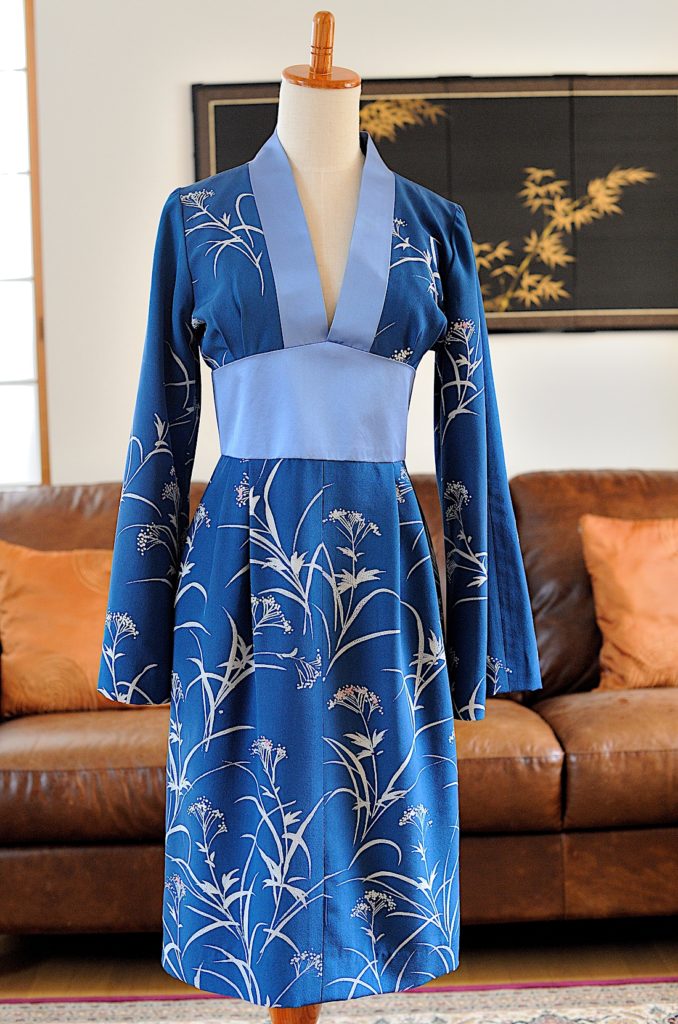
Blue flowered Jane silk dress with silk waist made from vintage kimono
What has the reaction been?
We are getting more and more one-off commissions. We have a small but growing market and most of our customers are coming back. At the moment, the men’s wear is becoming a lot more popular — like bow ties and cummerbunds, which are absolutely gorgeous made out of kimono. We have done some vintage events but we do almost no marketing for the business; we are just about to start it. All of the money is spent on equipment or paying people.
Most families in Japan seem to have a lot of kimono. They are gorgeous but nobody wears them so they spend most of their time sitting in a drawer. We are getting more and more work from Japanese people who want their old kimono converted into something they can actually wear. We make the ones with an all-over pattern into bedspreads. For some dresses we can also use most of the kimono.
We are getting more and more work from Japanese people who want their old kimono converted into something they can actually wear.
How do you source the materials?
In Japan if you want to buy or sell anything second hand, you have to have an antiques license. If you are a serious collector, you’d probably want to go to auctions to get kimono, but if you just want them to experiment with or to hang on your wall, you can get them at flea markets. The one I go to most often is in Tenmangu in Machida. To sort through is a lovely job but it takes time.
What is your inspiration?
The 1950s mostly. I love property tailored fitted clothes. My favorite designer of all time is Charles James. Structurally his clothes are incredible. I hate modern clothes — they’re made of Lycra because people are too lazy to design them to fit anyone. Modern clothes are made to be sold in massive bulk and to be disposable. They’re not supposed to last very long or be worn for more than one season.
My grandparents had one suit and they kept it for decades and it would still look right, partly because it was beautifully tailored and it was made of great fabric that would last forever. I would much rather wear clothes were like that. I would like people to buy my clothes and wear them 20 years from now, and for them to still look great.
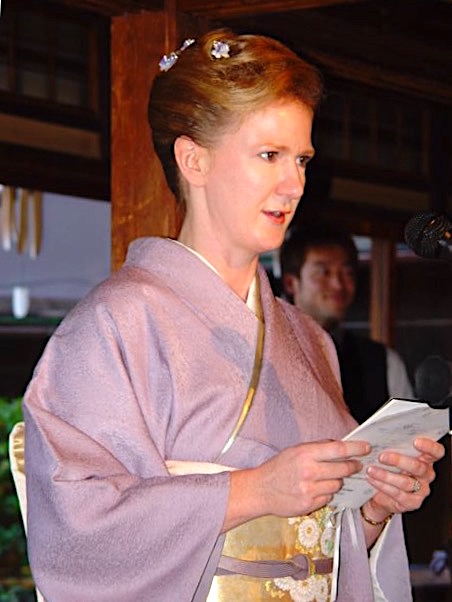
What are your next steps?
JETRO has just offered to fund us to go to trade shows in Europe, which is wonderful but it means we need to expand. We have been at full capacity since the beginning of this year so we really want to open a bigger workshop in Tohoku. We got introduced to some people from the Fukushima government, so I hope they will give us a building or land.
The biggest trade fairs are in autumn in Paris and Frankfurt. We’ll do one this year, but since it’s our first, we don’t know what to expect. We want to do more next year once we get an idea of what we’re doing. And if we get any retail contracts, we’ll need to expand so that will give us a few months to employ more people.
What might the long-term future hold?
It’s incredibly sad that the kimono industry is dying and the skills used to make the kimono fabric are being lost. If the business ever gets big enough I would like to help revive the methods used to make the kimono fabric. If we can get to a scale where we could fund apprenticeships, I would do it.
What learnings are you practicing in your business?
I think that in Japan customer service is very good but very inflexible. We’re fast and efficient but we’re also flexible. We try to actually meet customer’s needs as opposed to just following the rule book. I hope we can become a good example of combining the best of Western thinking with the best of Japanese ways in everything else.
I hope we can become a good example of combining the best of Western thinking with the best of Japanese ways in everything else.
How do you relax?
My husband and I go out different places with the kids and do a lot of outdoor active stuff. Last year I cycled to Tohoku for charity with Knights in White Lycra and this year I am doing it again with my husband, so we are also training. Our son will happily cycle long distances with us and on some evenings I go running with our daughter.
Savvy Spotlight is a monthly feature introducing foreign and Japanese women at the frontline of what’s cool, unique and interesting in the city. If you have anyone in mind you would like us to interview, leave us a comment below with your recommendations!












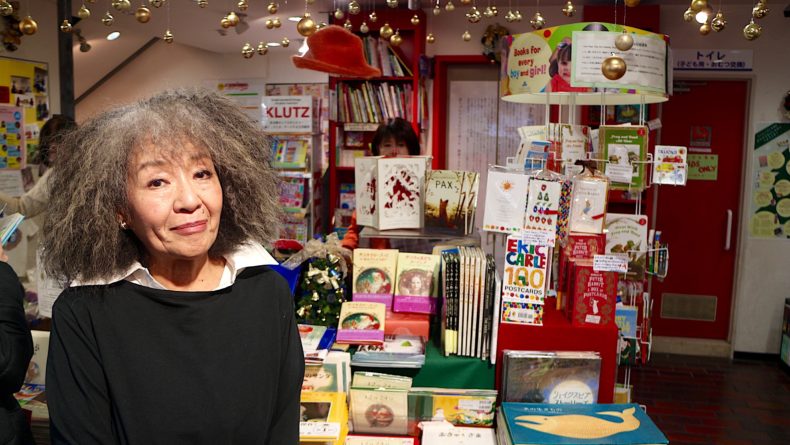
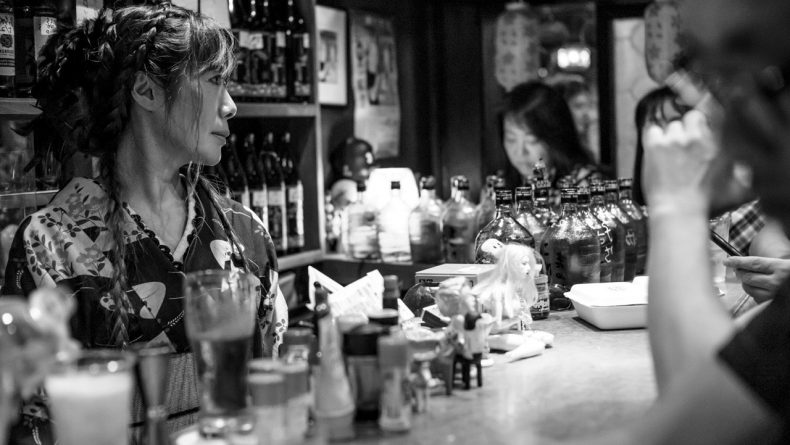
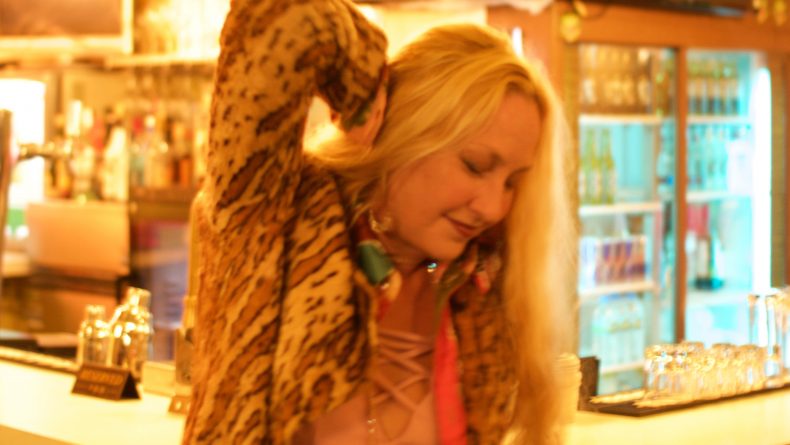
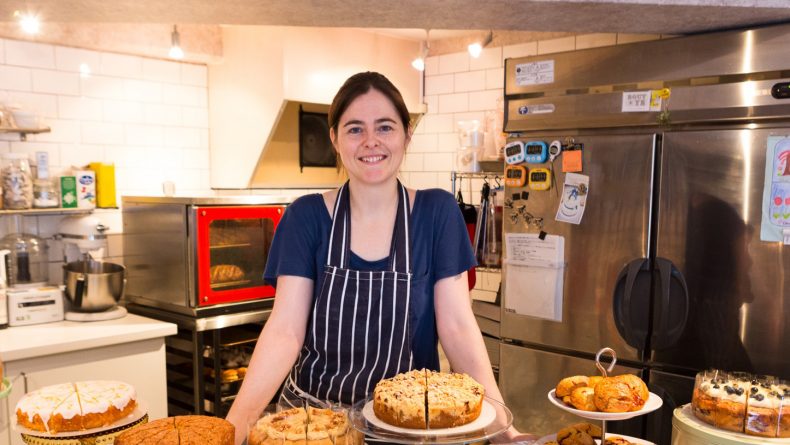
Leave a Reply